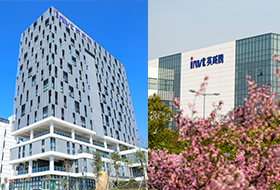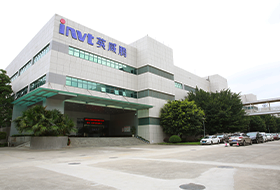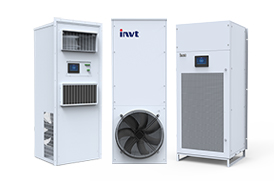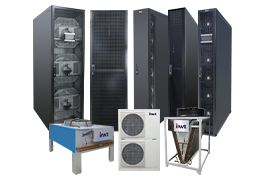'Turn up the temperature' could make data centers greener
Wang Shengwei, a professor at the Hong Kong Polytechnic University, and his collaborators found that keeping the data center temperature at around 41°C can save up to 56% of cooling costs globally. The research helps develop and manage more efficient data centers and IT servers. Relevant research results were recently published in Cell Reports-Material Sciences.
The cooler is not always better for energy-intensive data centers, especially regarding electricity bills. "Cooling system energy consumption accounts for more than 1/3 of the total energy consumption of data centers, and many studies are talking about reducing cooling system energy consumption. Instead of finding better ways to cool data centers, why not redesign servers so that they can What about operating at high temperatures?" said Wang Shengwei, the corresponding author of the paper.
Currently, the operating temperature of data centers is usually between 20°C and 25°C. Traditional cooling systems achieve cooling by flowing hot computer-generated air through a water-cooling coil. The heated water enters a cooler or undergoes a natural cooling process and is recycled back to the ring.
The free-cooling process uses ambient air and much less energy to cool the water. To save energy, data centers are often built in more excellent areas to allow for natural cooling. However, due to advances in electronic technology, many IT servers have been allowed to operate at temperatures above 30°C. This means that data centers can also expect to benefit from natural cooling in most climates, including those in hotter regions. But the key is, what is the highest temperature it can reach?
To find out, the researchers built a model based on a traditional cooling system to simulate how the system would operate under different climate conditions. The results show that at 41°C—what the researchers call the "global free cooling temperature"—data centers in almost all regions can rely entirely on free cooling year-round. Compared with data centers operating at 22°C, these data centers can save 13% to 56% of energy.
The researchers said that depending on an area's temperature and humidity, data centers don't even need to be that high to achieve adequate natural cooling.
"But before raising the temperature threshold, we must ensure three things." Wang Shengwei said, "First, we need to ensure the reliability of server operation; second, we need to ensure that the computing efficiency remains unchanged; third, we need to ensure that the energy consumption of the server will not Increase by activating its built-in cooling protection, such as fans." Wang Shengwei believes that the next generation of servers may be able to work in environments up to 40°C without performance degradation.
"This is the first time we have provided a specific target for cooling system and server design engineers." Wang Shengwei said, "I think 41°C is achievable shortly."

 networkpowersales@invt.com.cn
networkpowersales@invt.com.cn



























